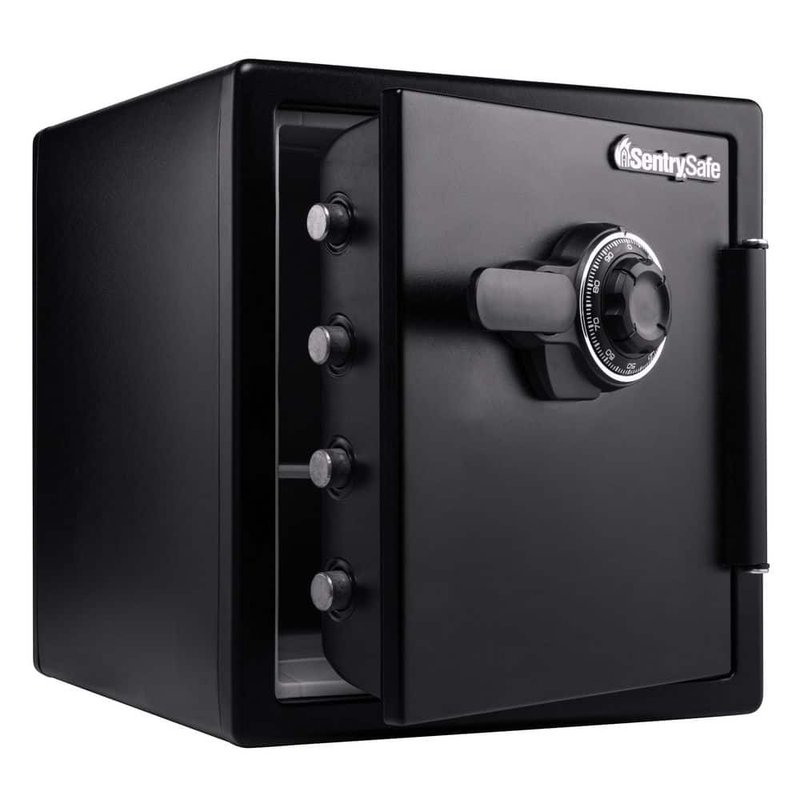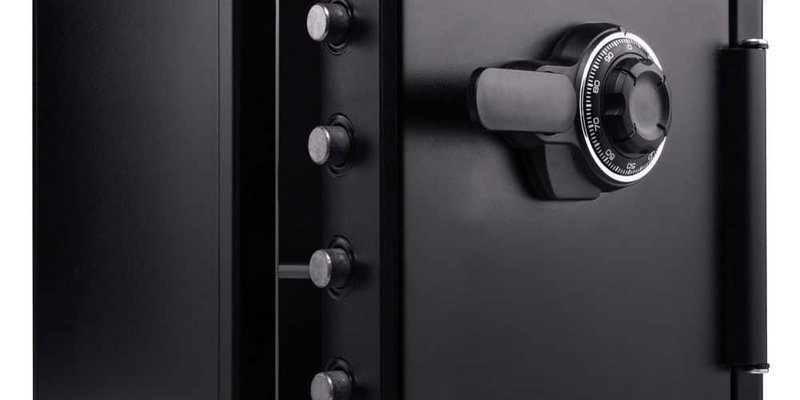
Let’s break this down. An error code is like your microwave’s way of saying, “Hey, something’s not quite right here!” It’s a signal that there might be an issue that needs addressing, much like how a car’s check engine light suggests you might need to have a look under the hood. Error code E2 in a Whirlpool microwave typically relates to a sensor or internal issue. But don’t worry — while it sounds technical, understanding what it means and deciding on the next steps doesn’t have to be complicated.
Understanding Error Code E2 in Whirlpool Microwaves
Before we dive into whether it’s safe to continue using the microwave, let’s first understand what error code E2 actually represents. You can think of this code as a specific message from your microwave, pointing to a problem with an internal sensor. It’s akin to getting a GPS alert that there’s a roadblock ahead, instead of having to guess where to turn next.
The E2 error often indicates a temperature sensor issue. In simple terms, the microwave’s internal temperature sensor helps manage how hot things get inside. If this sensor isn’t working correctly, the microwave might not be able to properly regulate heat, similar to how a thermostat controls the temperature in your home. Without accurate temperature readings, the microwave can’t ensure that food is heated evenly, which could lead to some meals being undercooked while others might get scorched.
So, what causes this pesky code to appear? Sometimes, it could be a temporary glitch — like when your computer freezes, and a quick restart does the trick. Other times, it might point to a more persistent problem, like a faulty sensor or a wiring issue. This is why it’s crucial to keep an eye on any recurring appearances of this error, as repeated alerts could signify that you need to investigate further.
Is It Safe to Use the Microwave With the E2 Error Code?
So, you’ve got this error code popping up. The next question you’re probably asking is: Is it safe to continue using the microwave? Here’s the straightforward answer: it depends. If the error appears just once or twice and then disappears, it might be a minor glitch. However, if it’s consistently showing up, it’s a sign that you should proceed with caution.
Using a microwave with a temperamental sensor can lead to uneven heating, which is hardly ideal if you’re trying to enjoy a warm meal. Moreover, there’s a small risk that continued use without addressing the issue could exacerbate the problem. It’s like driving with a flat tire — you might still get where you’re going, but there’s a greater chance of causing more damage along the way.
One safe approach is to first try unplugging the microwave for a few minutes. This simple reset might clear any momentary glitches. If that doesn’t work and the error persists, it’s wise to consult the user manual or reach out to a professional for advice. Even though it might seem like a hassle, this step is crucial to ensuring your microwave’s longevity and your safety.
What Should You Do Next?
If your Whirlpool microwave continues to display the E2 error code, it’s time to take proactive measures. Think of it as a friendly nudge rather than an urgent alarm. First, check the manual that came with your microwave. Often, these guides include troubleshooting tips specifically tailored to your model, which can offer valuable insights.
If the manual doesn’t help or you can’t find it, consider reaching out to Whirlpool’s customer service. They can offer advice tailored to your specific situation, helping you determine whether you should seek repairs or it might be time for a replacement. Frequently, manufacturers have authorized service providers who specialize in their products, ensuring that any issues are handled by someone familiar with the intricacies of your appliance.
Preventative care can save a lot of hassle in the long run. Regular cleaning inside the microwave, especially around the vents and sensors, can help prevent errors from occurring in the first place. Remember, microwaves are like any other tool — they perform best when they’re well-maintained. With a few simple steps, you can keep yours running smoothly and safely for years to come.
At the end of the day, staying informed and attentive to what your microwave is telling you is the best way to ensure it’s operating safely. Remember, whether it’s a minor hiccup or a sign of a bigger issue, timely attention can make all the difference.
